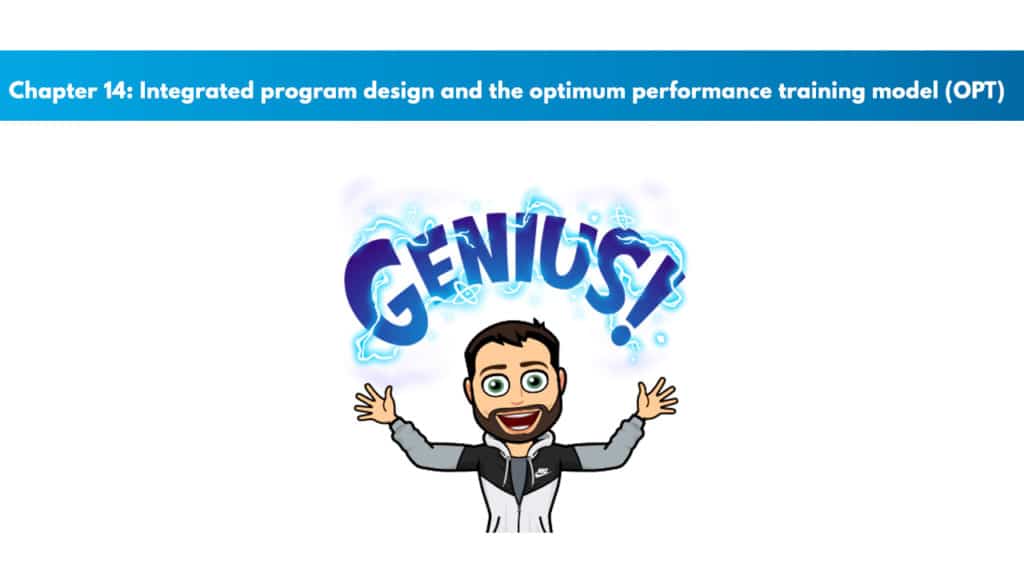
If you have not signed up for NASM CPT, sign up here to save 25% with my personal code PTP25.
Get your copy of the NASM CPT exam cheat sheet. It helps immensely in studying for the exam.
My PTP students report cutting their NASM study time and effort in half with Trainer Academy.
Benefit from the Exam Pass Guarantee and Retake Fee Guarantee. Plus, take advantage of my current discount code PTPJULY for 35% off the MVP Program (Ends July 14th, 2025).
Exclusive PTP CPT Offers |
||
|---|---|---|
Most Popular Cert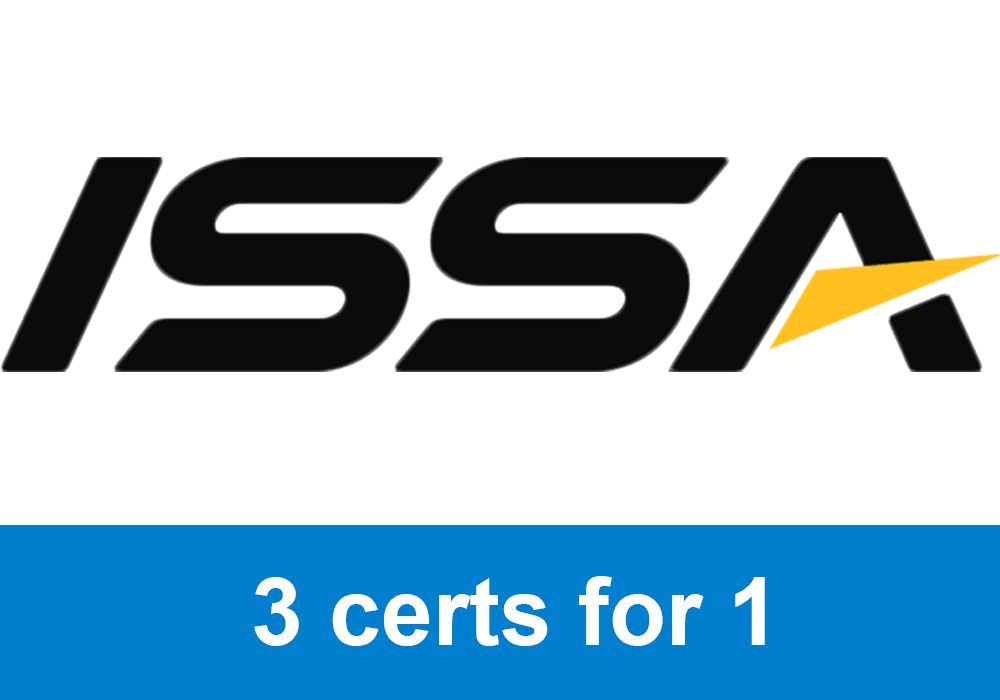 | Best Online NCCA Cert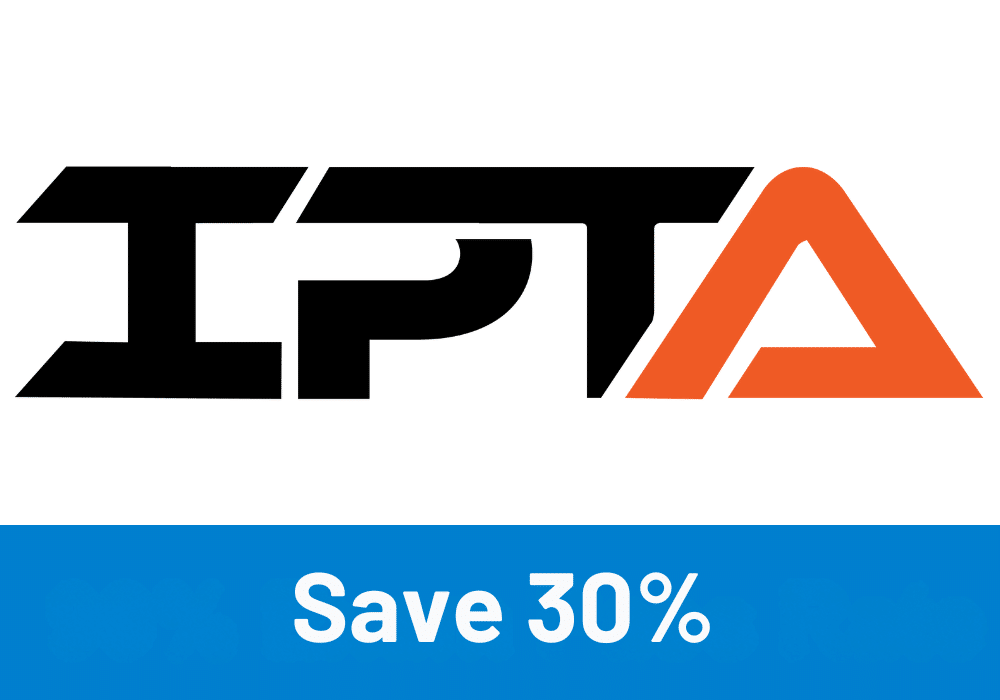 | Best Study Materials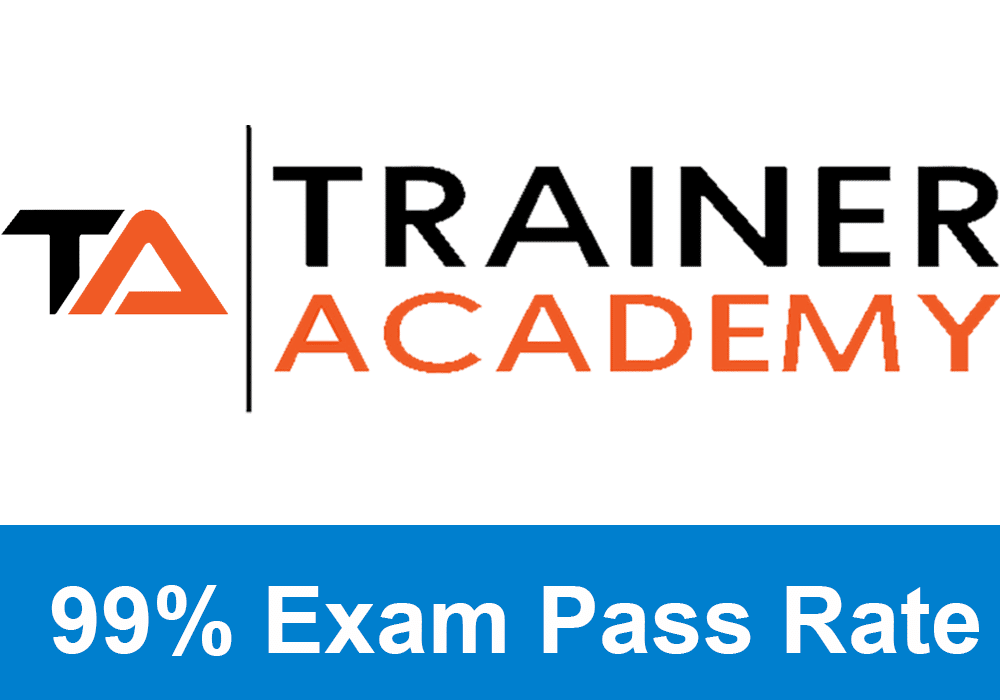 |
Gold Standard Cert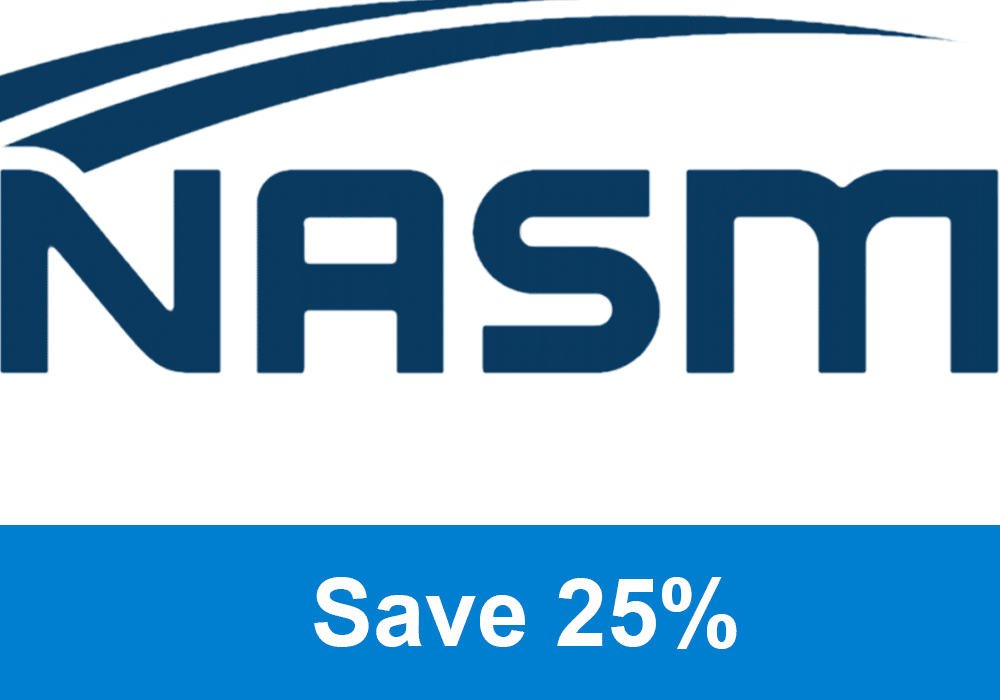 | A Good Option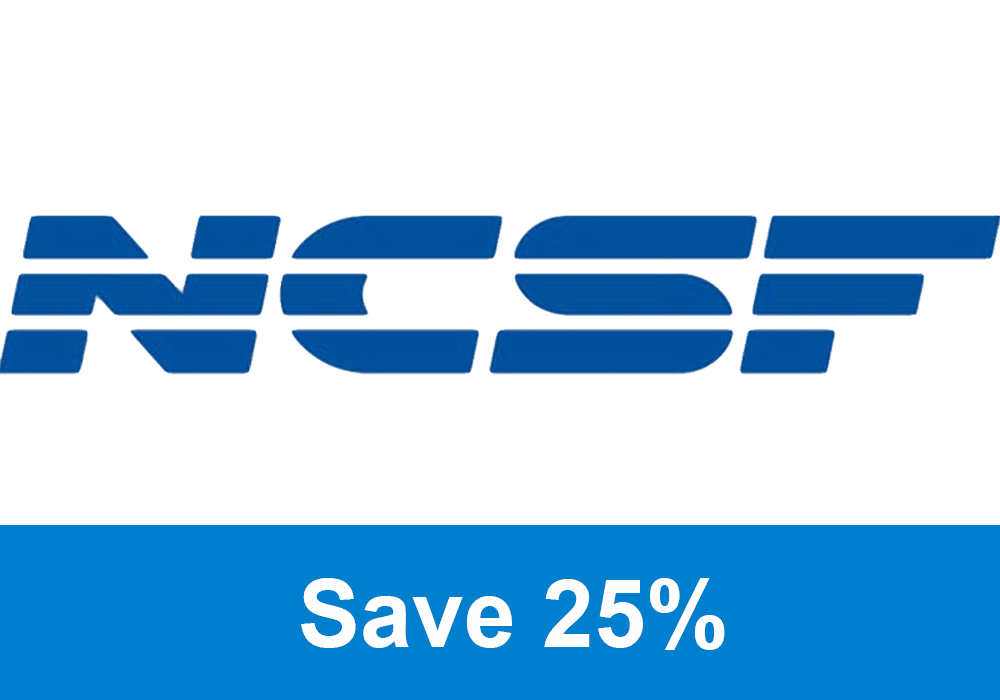 | Best CPT for you?  |
Try it out for free here to see if it’s right for you, or read my detailed review for further insights.
Chapter 14 NASM study guide
Memorize all five phases of the OPT training model
- Phase 1: stabilization endurance
- Phase 2: strength and endurance
- Phase 3: hypertrophy
- Phase 4: maximal strength
- Phase 5: Power
Repetition tempo
In the textbook, NASM writes down tempos in the format of a/b/c.
Exclusive PTP CPT Offers |
||
|---|---|---|
Most Popular Cert | Best Online NCCA Cert | Best Study Materials |
Gold Standard Cert | A Good Option | Best CPT for you?  |
- A= The eccentric phase of the motion
- B= The isometric phase
- C= The concentric phase of a motion
An example would be 3/2/1 for the benchpress would be:
1: Three seconds on the eccentric phase. Lowering the bar bill down to your chest controlled.
2: Two seconds of holding the barbell at your chest in place.
1: One second on the concentric phase of the motion. Pushing the barbell back to its starting position with your arms straight.
Adaptations in training volume
The goal of your client, as well as the training phase that they are in, will include all variables such as sets, intensity, repetitions, tempo, and rest period. With all of these variables in mind, you can also find out what training volume your client should be at.
The five phases of the OPT training model
Phase number one: Stabilization endurance
- Repetitions: 12 to 20
- Sets: 1 to 3
- Tempo: 4/2/1 slow
- Rest: 0 to 90 seconds
- Intensity: 50% to 70% of one rep max
- Frequency: 2 to 4 times a week
- Duration: 4 to 6 weeks
- Core training tempo: 4/2/1
Phase number two: Strength endurance
- Repetitions: 8 to 12
- Sets: Between 2 and 4
- Tempo: Medium 2/0/2
- Rest: 0 to 60 seconds
- Intensity: 70% to 80%
- Frequency: Between 2-4 times a week
- Duration: 4 weeks
- Core training tempo: Medium
Phase number three: Hypertrophy training
- Repetitions: 6 to12
- Sets: 3 to 5
- Tempo: Medium 2/0/2
- Rest: 0 to 60 seconds
- Intensity: 75% to 85% of one rep max
- Frequency: 4 weeks
- Duration:4 weeks
- Core training tempo: Medium
Phase number four: Maximal strength training
- Repetitions: Between 1 and 5
- Sets: Between 4 and 6
- Tempo: x/x/x
- Rest: 3 to 5 minutes
- Intensity: 85% to 100%
- Frequency: Between 2-4 times a week
- Duration: 4 weeks
- Core training tempo:1/1/1
Phase number five: Power training
- Repetitions: Between 1 and 10
- Sets: Between 3 and 6
- Tempo: x/x/x
- Rest: 3 to 5 minutes
- Intensity: 10% BW
- Frequency: Between 2-4 times a week
- Duration: 4 weeks
- Core training tempo: x/x/x
If you want additional study materials, check out the team over at Trainer Academy. They have incredible study materials for NASM And I have a special limited-time discount for my readers. I also suggest you check out my review on Trainer Academy here.

 Have a question?
Have a question? 



For figures 14.1 – 14.7 in Chapter 14, do we have to just know the resistance portion (reps, sets, tempo, intensity, etc.) for each phase of the OPT Model or do we have to know flexibility, core, balance, plyometric, SAQ for all 5 phases as well?
Hey Haaris, you should definitely be familiar with all 5 of the phases of the OPT model. All of these have a chance of appearing on your certification exam.